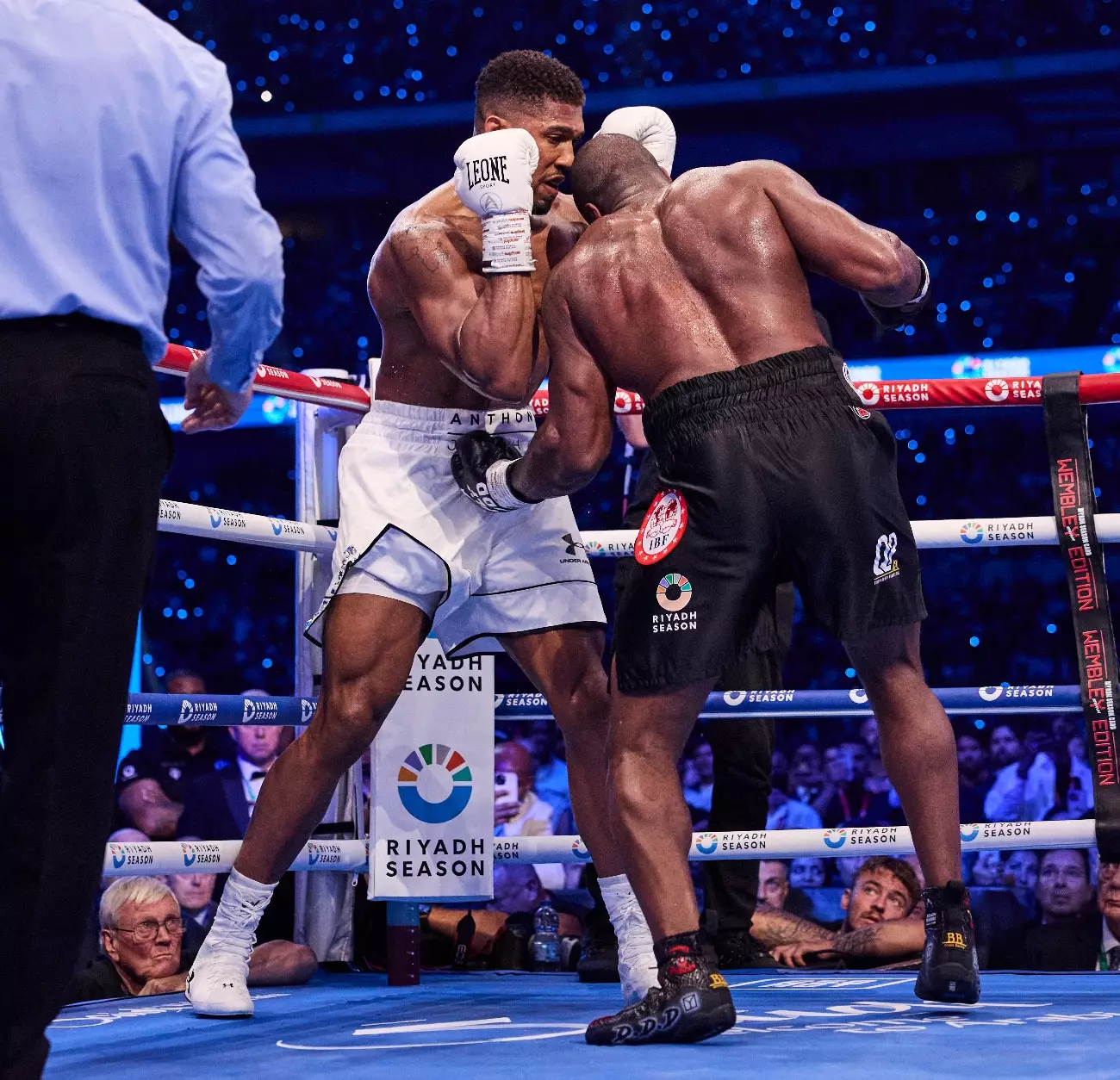Anthony Joshua’s recent bout against Daniel Dubois marked a pivotal moment in his boxing career—one where the expectations of his former glory collided with the harsh realities of the ring. Joshua, once the heavyweight champion admired for his charisma and athletic prowess, faced a harsh scrutiny following his decision to forgo a critical five-minute recovery period after sustaining a low blow. Promoter Eddie Hearn’s frustrations echo the sentiments of many boxing enthusiasts who have witnessed the ongoing descent of the British heavyweight star.
Amidst the chaos of a boxing match, fighters are often faced with split-second decisions that can significantly influence the fight’s trajectory. Joshua’s choice to ignore the referee’s opportunity for a break following Dubois’s low blow not only displayed a level of inexperience but also echoed a broader issue of tactical awareness within boxing. Hearn’s critique captures this sentiment as he second-guessed Joshua’s readiness to return to combat when his physical state suggested otherwise.
In boxing, strategic pauses are not merely about recovering physically but also about regrouping mentally. A fighter under duress, especially one who has already succumbed to knockdowns and blows, can find an unexpected advantage through timeouts. Joshua, however, seemed eager to prove his resilience rather than assess the severity of his predicament.
The Role of Conditioning: A Miscalculated Approach
Another concern raised by Hearn was the physical conditioning of Joshua. Observers noted that Joshua appeared bulkier and somewhat slower compared to his previous matches. This raises questions regarding the efficacy of his training regimen and the strategy employed by his coach, Ben Davison. In an era where agility and speed are paramount in heavyweight boxing, the decision to focus on sheer muscle development rather than a balance of power and speed seems misguided.
Joshua’s ability to maneuver in the ring and deliver quick, impactful strikes had been a hallmark of his style. However, in the matchup against Dubois, he appeared weighed down and less mobile, indicating a potential misjudgment in achieving peak performance. This observation also touches on the fundamental question of whether the emphasis on physicality in a sport that rewards finesse and agility is perhaps a mistake.
The Implications of Inexperience: A Learning Curve
Eddie Hearn’s comments regarding Joshua’s inexperience resonate deeply within the boxing community. While fighters are often celebrated for their physical prowess, mental acumen is equally vital—especially in high-stakes bouts where every second counts. Joshua’s swift decision to re-engage Dubois rather than capitalize on a potentially game-changing pause reflects not just a lapse in judgment but also an inherent lack of experience in crucial moments.
Moreover, this experience—or lack thereof—could serve as a critical lesson for Joshua moving forward. The reality of boxing is fraught with unpredictability; thus, the ability to adapt and recognize when a strategic pause is warranted can make the difference in a fighter’s career trajectory.
As Joshua seeks to reclaim his standing in the heavyweight division, the implications of the Dubois fight extend far beyond the immediate disappointment of a loss. For him to regain the confidence of his fans and restore his fighting spirit, a comprehensive analysis of his approach, conditioning, and tactical awareness is essential.
The harsh lessons learned from this bout must be transformed into stepping stones for Joshua’s future endeavors. The road to redemption will not merely involve a focus on physical training but rather a holistic revamping of his strategy and mental fortitude.
The fight against Daniel Dubois served as a revealing moment in Anthony Joshua’s career, emphasizing the importance of experience, psychological readiness, and physical conditioning in boxing. Eddie Hearn’s critique underscores the need for a reevaluation of strategy and preparation as Joshua embarks on the journey to reclaim his place at the top. This narrative serves as a reminder that even champions must grapple with their vulnerabilities, using them as catalysts for growth and resurgence.

